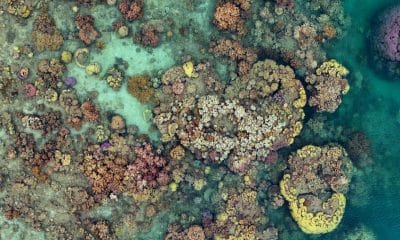News
Great Barrier Reef protection plan report card fails to make the grade

The Queensland government’s Reef Water Quality Protection Plan released its Report Card 2014 on September 21. It states, “Results show the need to accelerate the rate of change and drive innovation to meet the ambitious targets.”
Queensland Environment Minister Steven Miles, who released the report, said there was more bad news than good in the report.
“If one of my kids came home with a report card like this, I’d be a bit disappointed,” he said.
“What is most disturbing is these results are far from our targets, and progress to these targets flatlined in the period 2013-2014. The report does show that progress on meeting our targets had stalled, and that UNESCO’s interest was the right thing; that they were right to be concerned that progress had stalled, because now we know it had,” he said.
The reef report card found despite it avoiding an ‘in danger’ listing from Unesco’s world heritage committee in July, inshore areas are undeniably in a bad shape throughout the 2,300km-long ecosystem..
The report card said that both sea grass beds and inshore coral reefs “remained in poor condition overall”.
While there had been reductions in the amount of chemicals flowing onto the reef from agriculture, the report found only 13% of Queensland sugar cane producers had adopted ‘best management practice’ in terms of nutrients, with only 30% using best practice with pesticides. Only 28% of graziers were managing their pastures properly to protect the reef, the report found.
The report card said 330 hectares of reef wetlands and 30,980 hectares of riverbank vegetation was lost between 2009 and 2013.
“There are some trends that are improving but more needs to be done,” said Roger Shaw, chairperson of the scientific panel responsible for the report card.
“We know the pollutant levels exceed the guidelines so we need to bring them back down. The inshore area is still recovering from major floods we had in 2010 and 2011. Climate change is still the number one threat but I’d add climate variability too — if we have extreme events in a short period of time, there is less capacity for coral to deal with other stressors.”
“The figures in the reef report card represent a clear fail for current programs,” said WWF spokesperson Sean Hoobin.
“Governments have promised to give the reef the clean water it needs to recover by 2025 — to meet this commitment they will need to overhaul current programs, and provide significant additional resources.
“Key first steps are to enforce existing regulations to stop overuse of fertilisers. Leading farmers are showing that it is possible to achieve big reductions in fertiliser pollution while still being profitable.”
The Water Quality Protection Plan needs to be seen within the context of Reef 2050 Long-Term Sustainability Plan (which incorporates water quality).
In a formal response to the Reef 2050 plan in 2014, the Australian Academy of Science stated that the strategy is “inadequate to achieve the goal of restoring or even maintaining the diminished outstanding universal value of the reef”, noting there was “no adequate recognition” of the importance of curbing greenhouse gas emissions.
Professor Terry Hughes, director of the Australian Research Council Centre of Excellence for Coral Reef Studies and an academy fellow, said: “There’s nothing in the plan on addressing climate change. The science is quite clear that you can’t keep the Great Barrier Reef in good condition if you’re going to develop huge coal reserves. We are already on our way to 2°C warming and unless Australia cuts back on carbon dioxide emissions we won’t have much of a Great Barrier Reef left.”
The day after the release of report card 2014 the federal government announced in Cairns the $32 million research hub, which will be led by the Reef and Rainforest Research Centre and James Cook University researcher Dr Damien Burrows, to connect scientists, policymakers and communities to deliver a research program that provides practical solutions to maintaining and improving water quality.
One of the research projects highlighted was the development of a tradable permit scheme for cost-effective reduction of nitrogen run-off in sugarcane reef catchments. Market mechanisms are unlikely to lead to improved water quality. Enforcement of existing penalties against polluters are preferable responses.
The Australian Marine Conservation Society welcomed the federal government’s announcement of the Tropical Water Quality Hub in a September 22 media release, but warned of other dangers, including global warming and “unbridled industrialisation of the Reef”.
AMCS Great Barrier Reef campaigner Gemma Plesman said: “While the Reef Trust will help address water quality, other significant challenges remain.
“The unbridled industrialisation of the Reef presents further risks that will not be addressed with this announcement.
“More needs to be done, including rejecting the coal port proposal for Abbot Point which includes massive amounts of dredging that could put nesting turtles under even greater risk.
“Despite all of the evidence of risk to the Reef, the state and federal Governments are still pushing ahead with their plans for the Abbot Point coal port expansion.
“Water quality is only one piece of the puzzle. Abbot Point presents further risks to this natural wonder.
“The expansion would see 1.1 million cubic metres of the Great Barrier Reef World Heritage Area dredged and then dumped on land adjacent to the internationally significant Caley Valley Wetlands which support 40,000 birds in a good wet season.
“This project would also mean an extra 390 coal ships crossing the Reef each year, increasing the potential for devastating oil spills.
“The Abbot Point expansion would also enable a dramatic increase in the mining and burning of coal which contributes to global warming and places even greater pressure on this fragile ecosystem,” Plesman said.
Source: www.greenleft.org.au
Blogs
TRAVEL BLOG: Jeff Goodman Dives SOMABAY, Part 3

Today we are diving one of the outer reefs from an inflatable. As we reach the bottom, a reef octopus eases its way into the cover of a small crack in the coral while displaying it’s incredible ability to change colour. They are arguably one of the most charismatic of reef dwellers and it is always exciting for me to simply hover and watch. I would have spent longer and waited for it to come and investigate me, but as dive time is limited we wanted to move on and find a turtle.

The waters around Somabay are well protected and hold a rich variety of marine life. The reef edges are thriving colonies of coral and shoaling fish, while nearer the sea bed plenty of wildlife is still to be found.
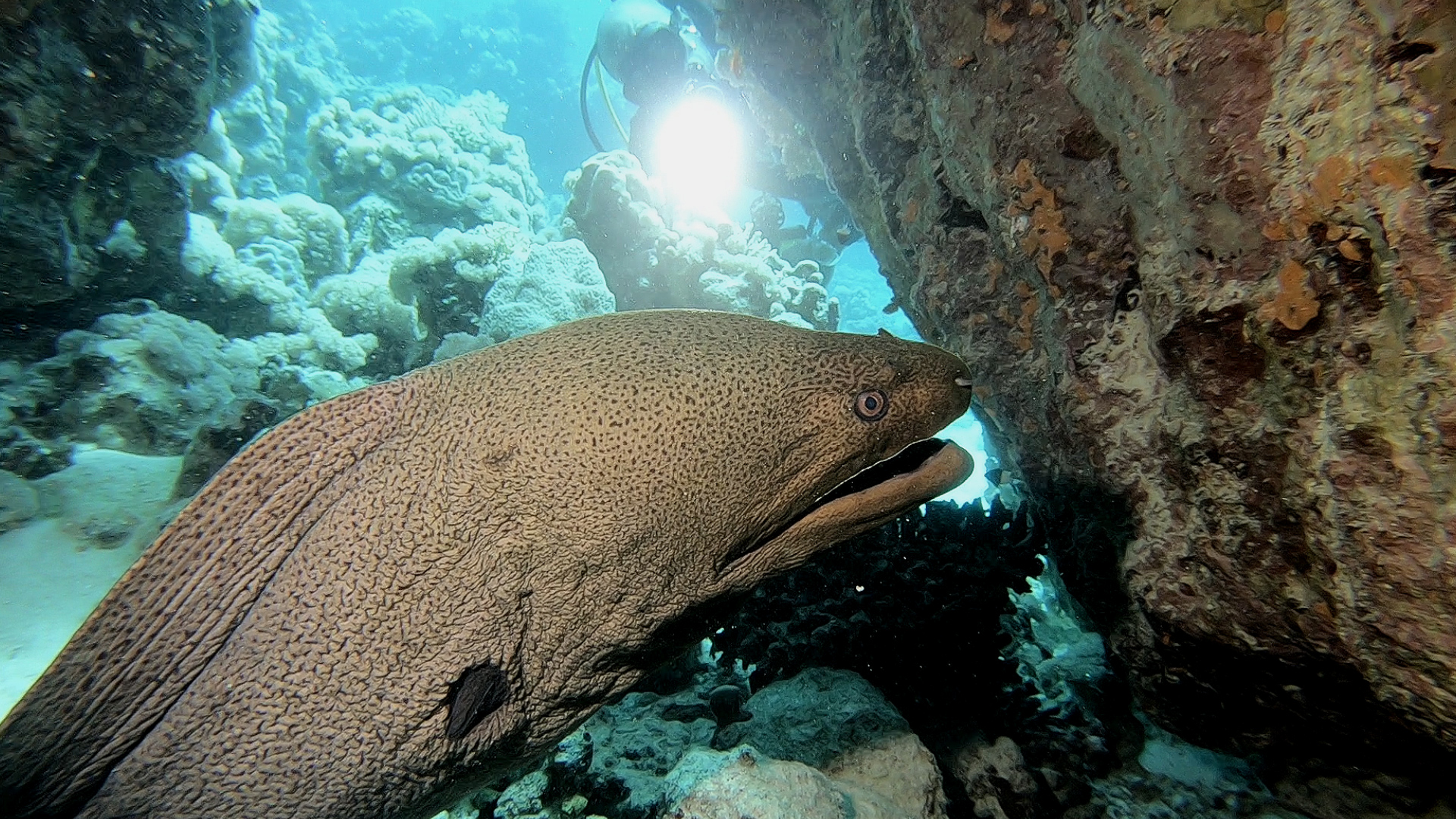
Then we located the turtles. They are very used to divers and so show little concern when slowly approached. In fact occasionally one will come over to see what you are doing. There is always huge excitement when diving with a turtle. The shear thrill of sharing a moment with another species.

What a fantastic way to finish a wonderful few days diving and I would like to thank SOMABAY, ORCA DIVING and THE BREAKERS for making my stay such a good one.
I had a great time, with diving everyday either on the house reef or on one of the offshore reefs by inflatable or larger day boat. Orca diving provided high quality equipment and facilities while the staff were all very friendly and welcoming. The Breakers was right on the coast with nice rooms, good food and once again friendly staff making the whole trip a real pleasure.

Soma Bay covers an entire peninsula and is home to several resorts as well as residential compounds.
As well as scuba diving, Somabay caters for many other sports and activities, and so is perfect for families as well as individuals and/or groups. And of course there is always time to lay peacefully on the beach under the Egyptian sun.
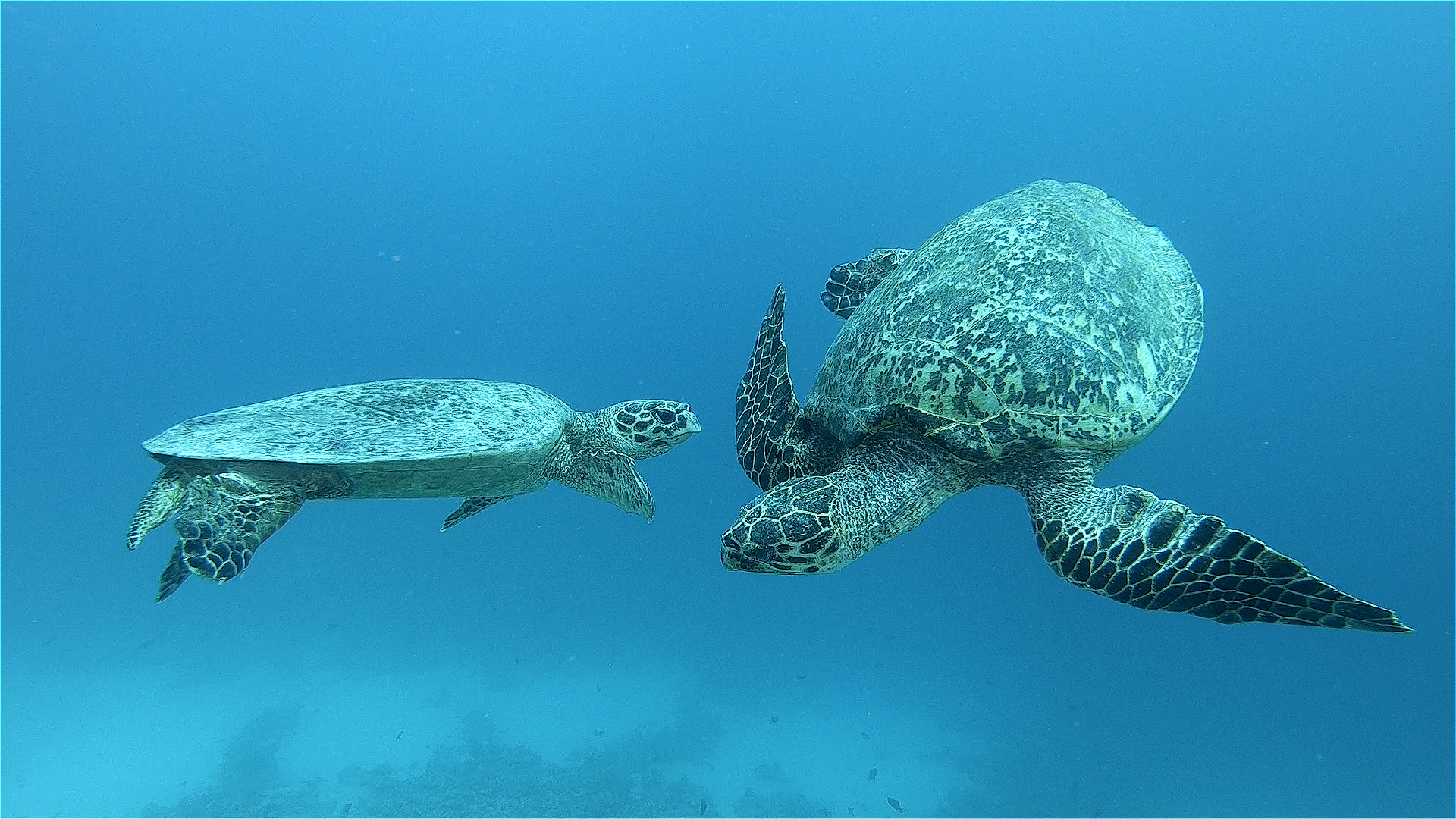
Book your next Red Sea dive adventure with SOMABAY! For more information, visit www.somabay.com.
Stay at the Breakers Diving & Surfing Lodge when you visit! For more information, visit www.thebreakers-somabay.com.
Find out more about ORCA Dive Clubs at SOMABAY at www.orca-diveclubs.com/en/soma-bay-en.
Blogs
TRAVEL BLOG: Jeff Goodman Dives SOMABAY, Part 2
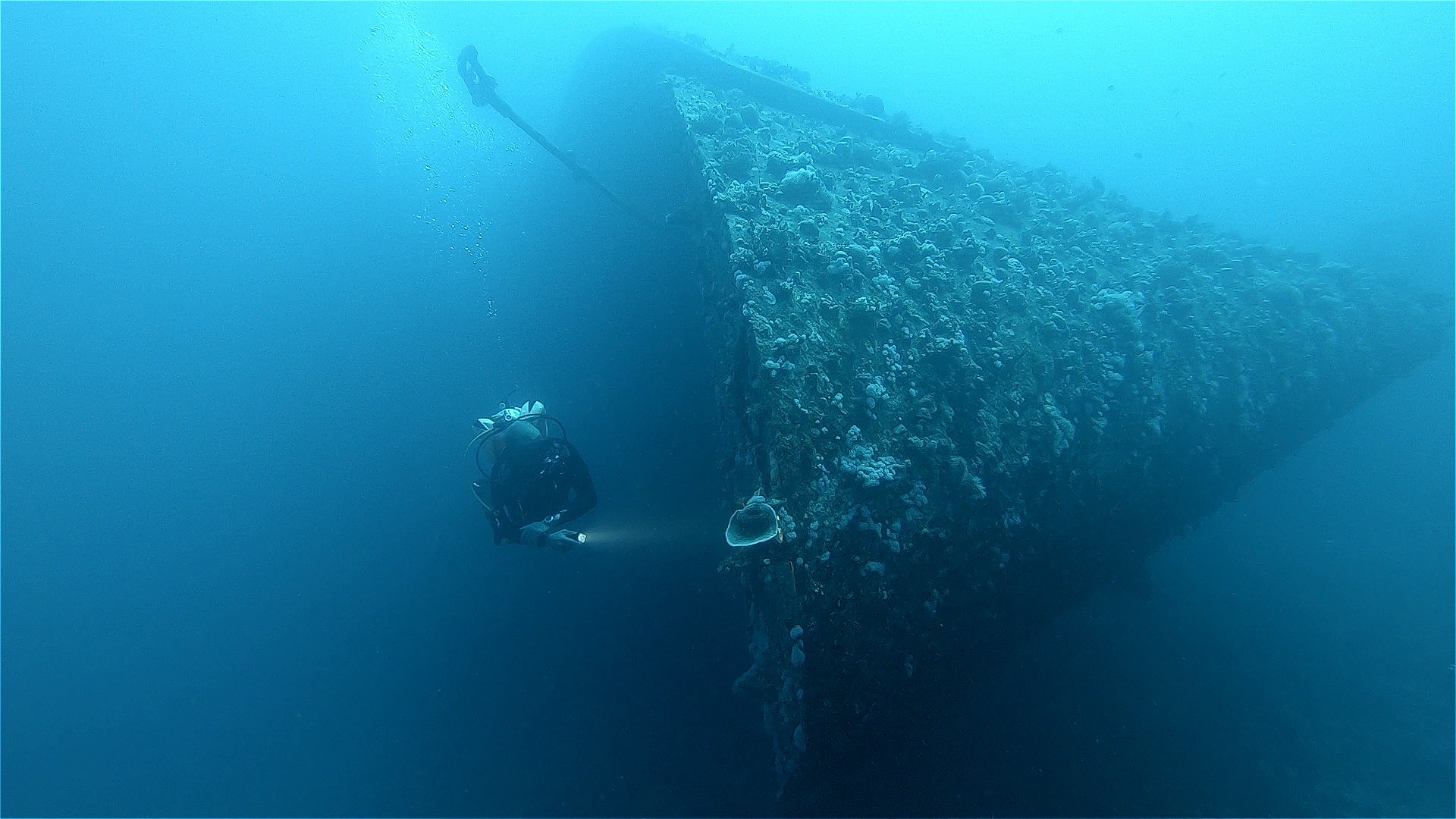
Day three of my trip to Somabay and we were spending the day on the Lady Christina and diving on the wreck of the Salem Express.
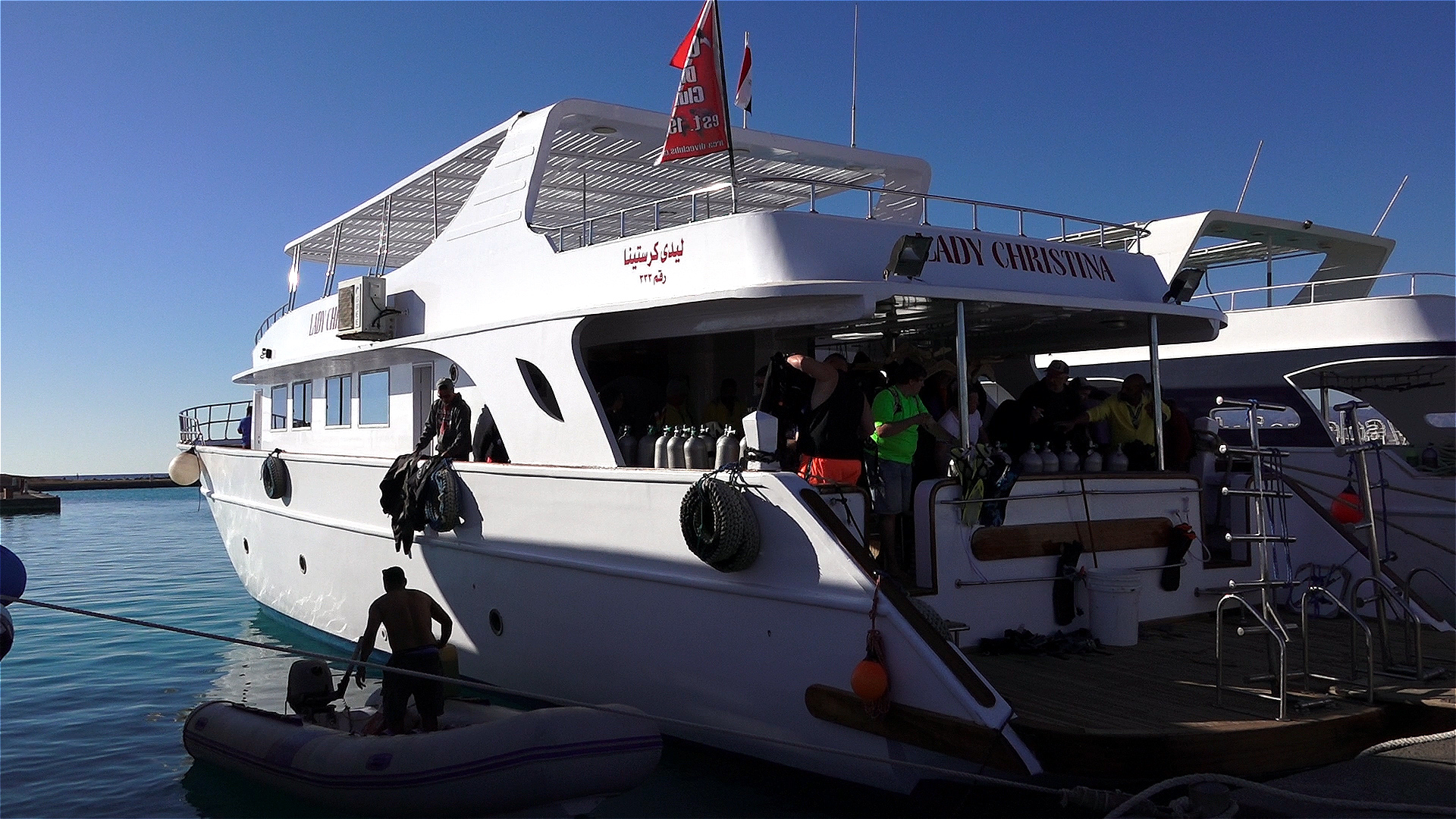
Diving wrecks for me is always one of mixed emotions. The excitement of diving a wreck is more than often tempered by the thought of loss of life when she sank. The Salem Express was a passenger ship and a roll-on/roll-off ferry travelling from Jeddah, Saudi Arabia to Safaga, Egypt. Most passengers were of poor class travelling home from their holidays while around 150 people were returning home from their pilgrimage to Mecca.

The ship struck a reef and sank within 20 minutes. Passengers were trapped below deck and the ship was filled with fear and panic.
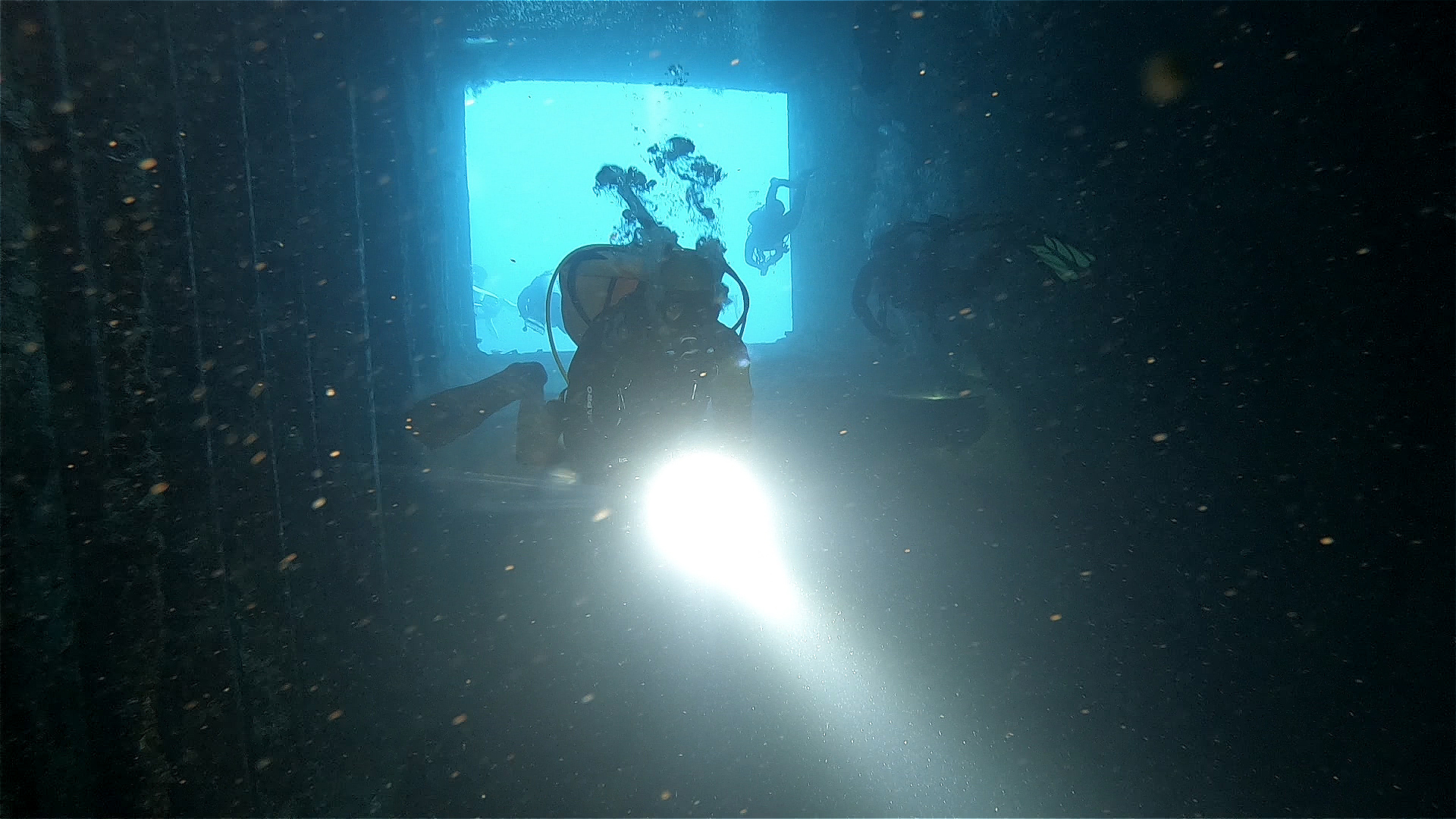
The wreck area is strewn with personal belongings from the crew and passengers such as a transistor radio and a flat iron for clothes. A diver at sometime has put them in a prominent place to be seen.

Tragically only one life boat was launched while the others went down with the ship. More than 600 men, women and children lost their lives here.
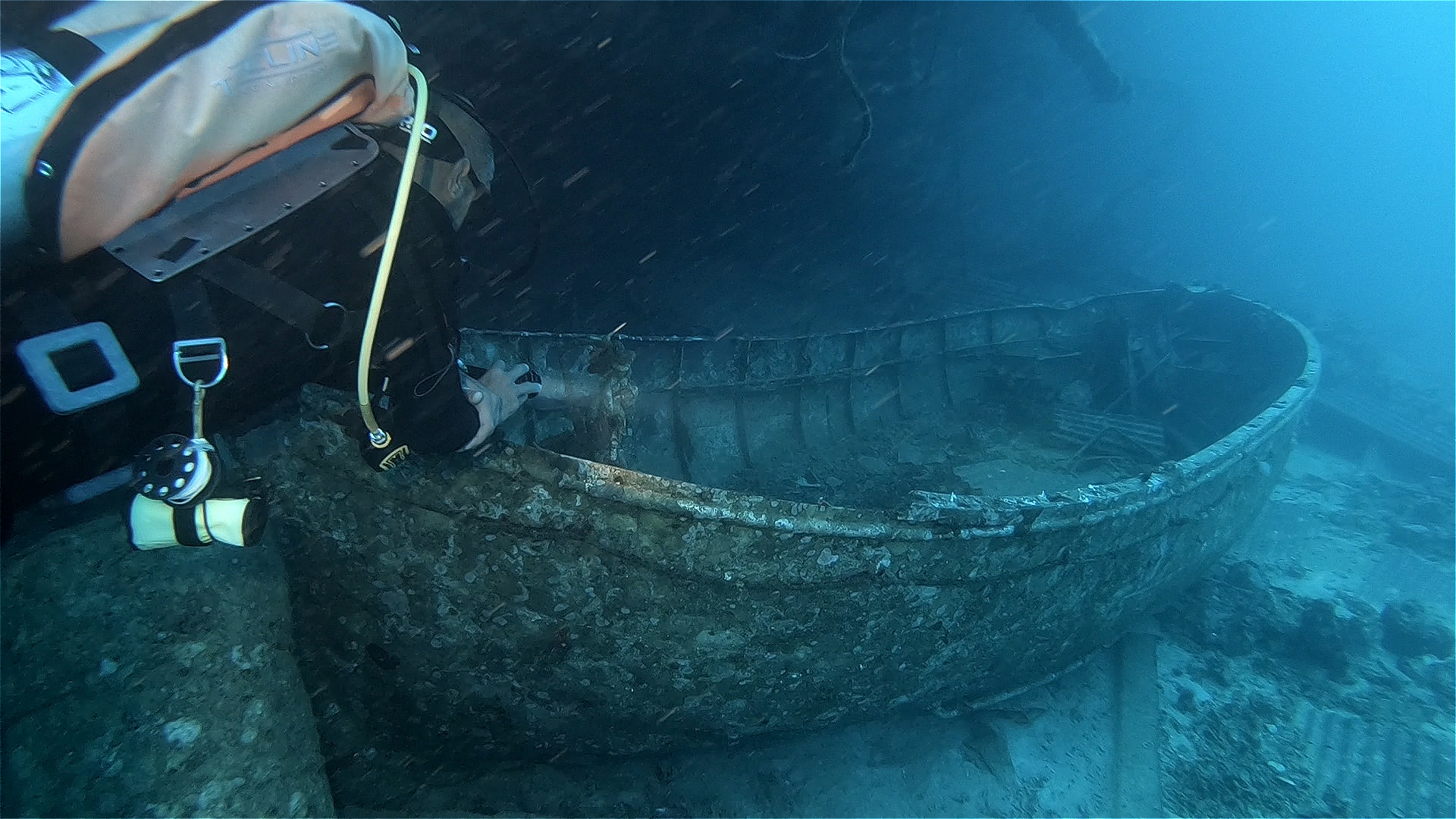
It’s a stark reminder that the sea can be unforgiving and so when we dive on such wrecks we should do so with humble regard.
Returning to the surface, shoals of fish are gathered under our boat and seem to be welcoming us back into the light.
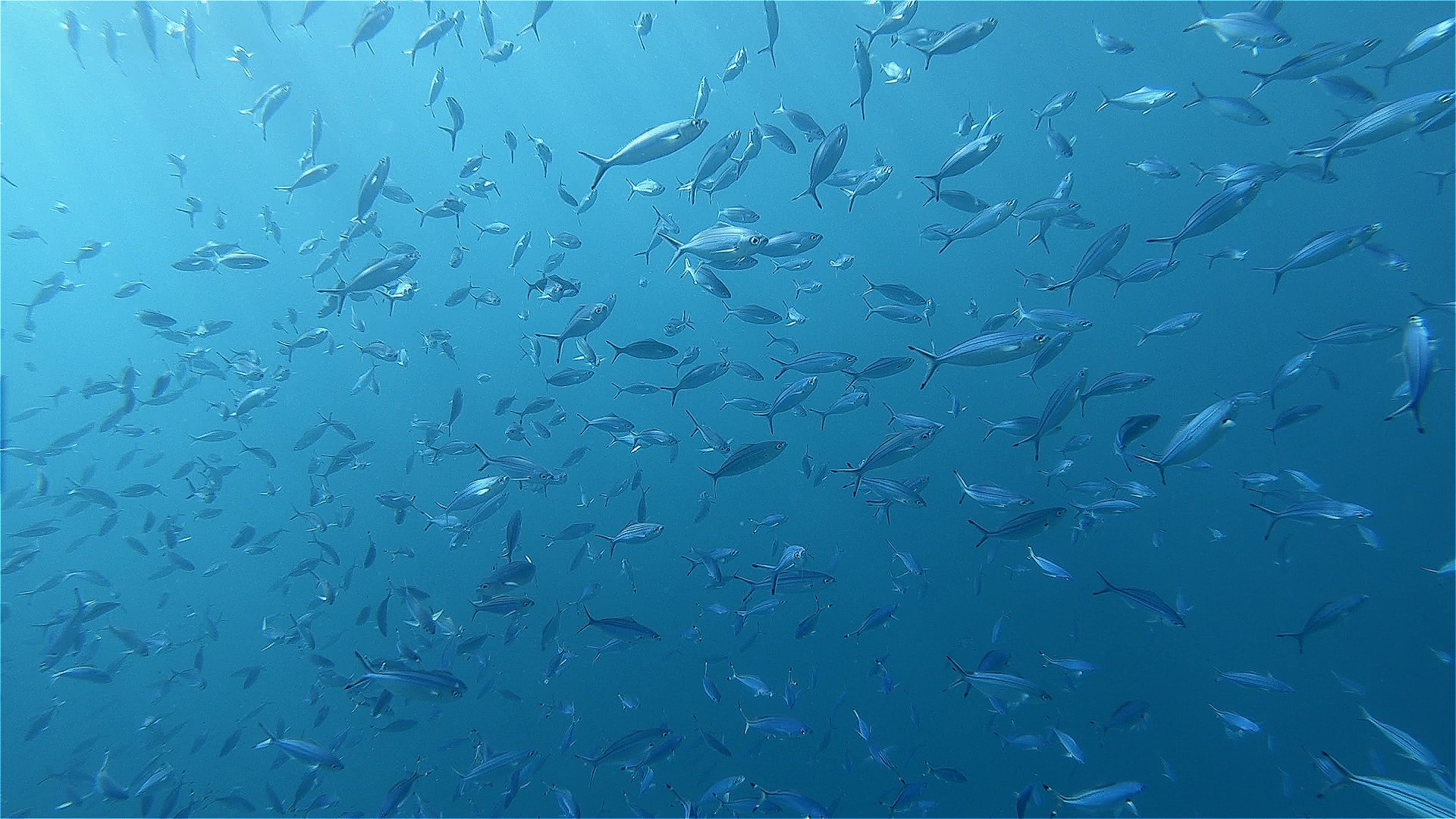
Back at the Breakers I sat in the dining area with a beer and a very good meal while my thoughts still remained with the day’s dive on the Salem Express.
Check in for part 3 tomorrow for Jeff’s last day of diving with Somabay on the off-shore reefs looking for turtles.
Book your next Red Sea dive adventure with SOMABAY! For more information, visit www.somabay.com.
Stay at the Breakers Diving & Surfing Lodge when you visit! For more information, visit www.thebreakers-somabay.com.
Find out more about ORCA Dive Clubs at SOMABAY at www.orca-diveclubs.com/en/soma-bay-en.
-

 News3 months ago
News3 months agoHone your underwater photography skills with Alphamarine Photography at Red Sea Diving Safari in March
-

 News2 months ago
News2 months agoCapturing Critters in Lembeh Underwater Photography Workshop 2024: Event Roundup
-

 Marine Life & Conservation Blogs2 months ago
Marine Life & Conservation Blogs2 months agoCreature Feature: Swell Sharks
-

 Blogs1 month ago
Blogs1 month agoMurex Resorts: Passport to Paradise!
-

 Gear News3 months ago
Gear News3 months agoBare X-Mission Drysuit: Ideal for Both Technical and Recreational Divers
-

 Blogs2 months ago
Blogs2 months agoDiver Discovering Whale Skeletons Beneath Ice Judged World’s Best Underwater Photograph
-

 Gear Reviews2 months ago
Gear Reviews2 months agoGear Review: Oceanic+ Dive Housing for iPhone
-

 Blogs3 months ago
Blogs3 months agoThe Thrilling Encounter with Tiger Sharks at Beqa Lagoon’s ‘The Colosseum’ with Coral Coast Divers





